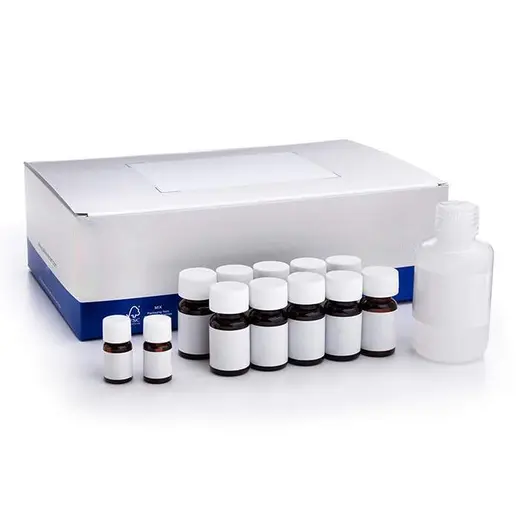

 下载产品说明书
下载产品说明书 用小程序,查商品更便捷
用小程序,查商品更便捷



 收藏
收藏
 对比
对比 咨询
咨询Overview
ATP is a marker for cell viability because it is present in all metabolically active cells. Because ATP concentration declines rapidly when cells undergo necrosis or apoptosis, monitoring ATP is a good indicator of cytocidal, cytostatic and proliferation effects. Our ATPlite and ATPlite 1step luminescence assay systems use patented innovative technologies that measure cell proliferation and cytotoxicity in mammalian cells based on the production of light caused by the reaction of ATP with added luciferase and D-luciferin.
ATPlite™ is an Adenosine TriPhosphate (ATP) monitoring system based on firefly (Photinus pyralis) luciferase. This luminescence assay is the alternative to colorimetric, fluorometric and radioisotopic assays for the quantitative evaluation of proliferation and cytotoxicity of cultured mammalian cells. ATP monitoring can be used to assess the cytocidal, cytostatic and proliferative effects of a wide range of drugs, biological response modifiers and biological compounds.
Advantages:
- Long-lived luminescent signal: half-life (t1/2) greater than 5 hours, depending on cell type and medium
- Rapid: results generated in 15 - 25 minutes
- Simple and reproducible: no separation steps; only two reagent additions
- Homogeneous assay: no cell harvesting or centrifugation required
- Sensitive: down to 5 cells in 100µL medium (derived from CHO and HL-60 cells in 100µL medium)
- Wide linear dynamic range: =105 (as derived from CHO and HL-60 cells)
Specifications
| Assay Points | 10000 |
|---|---|
| Assay Protocol | 2-step |
| Automation Compatible | Yes |
| Brand | ATPlite |
| Cellular Process | Autophagy Cell Death Cell Growth Cytotoxicity Necrosis |
| Detection Method | Luminescence |
| Experimental Type | In vitro |
| Format | Microplates |
| Unit Size | 10,000 (96-well) / 40,000 (384-well) |







 危险品化学品经营许可证(不带存储) 许可证编号:沪(杨)应急管危经许[2022]202944(QY)
危险品化学品经营许可证(不带存储) 许可证编号:沪(杨)应急管危经许[2022]202944(QY)  营业执照(三证合一)
营业执照(三证合一)